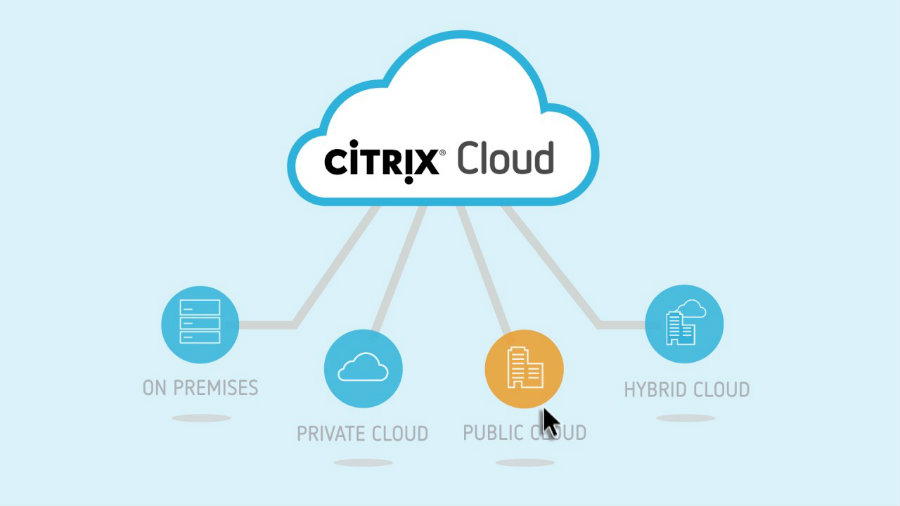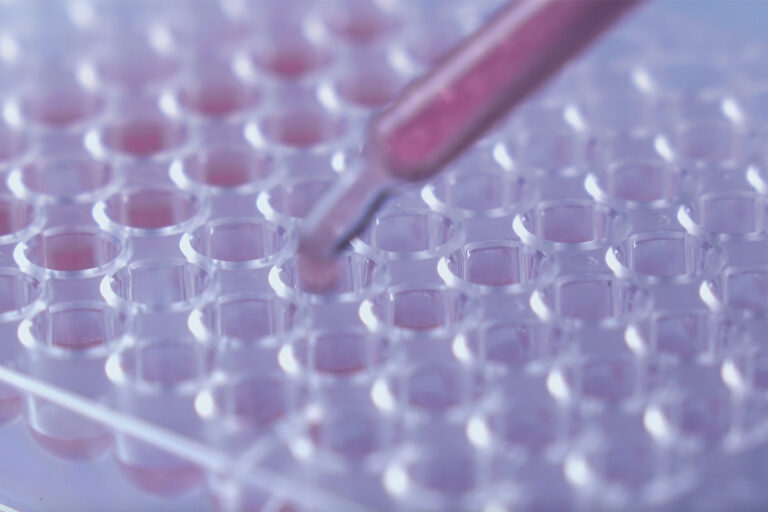
It is one of the ironies of modern life that while new technologies may have transformed the way we talk to each other, shop and spend our leisure time, many workplaces today look much the same as they did 20 years ago, with all the same inefficiencies and frustrations of the past.
While we can order a meal or a cab ride with the touch of a button, communicating with the internal helpdesk is rarely a straightforward experience. Some forward-thinking organizations are now looking at the freedom and creativity of consumer IT for inspiration, as they reinvent the way they work and increase the productivity of their people.
Crucially, these companies are moving their core systems away from their own clunky infrastructure and onto the Cloud, allowing authenticated users to access company services wherever they are.

“The days of enterprise IT telling employees what they can and cannot do with their devices are over,” says Christian Reilly, CTO at Citrix, which specializes in software for the digital workplace.
“The simplicity of consumer IT has been the biggest driver of its success—think of how easy it is to access Amazon from any device and buy whatever you like. That revolution is now coming to the workplace, empowering employees and taking productivity to a whole new level.”
How are companies learning from the success of consumer IT?
They are all aiming for a similar level of simplicity. Most consumer applications, devices and environments are not as complicated as traditional enterprise IT. Services such as Amazon are naturally intuitive. It is like a phone: it just works. That is the antithesis of traditional enterprise IT, where applications and systems were difficult to use and required a lot of expertise.
What impact will this new approach have on productivity?
To a large degree, simplicity equals productivity and increased efficiency. The technology behind the scenes may be complex, but the way it is presented to the end user has to be very simple. For employees to be more productive, what is needed is a combination of back-end systems which can understand who they are, what device they are using, where they are and what they are trying to do at a certain time. This is sophisticated technology, but the simpler it is for end users then the more pervasive it becomes, and the more pervasive it becomes, the better it is for productivity.
“Citrix enables secure access to any application on any device from any network.”
Christian Reilly, CTO, Citrix
What are the implications of the new model for security?
Many organizations today are using the so-called Hybrid Cloud approach, accessing different IT services from different Cloud providers, plus continuing to operate some on-premises infrastructure. The challenge is to create a secure digital perimeter around all those services and the devices used to connect to them, while giving end users a simple and unified experience. This is what we do with Citrix Secure Digital Workspace.

It is predicated upon four key things: the identity of the person, their location, the device they are using and what they are trying to do at the time. We analyze data from how users work to make sure you can access your company’s systems, whether you are in sales working on a desktop at headquarters or a maintenance worker on an iPad. Using the Secure Digital Workspace to access all these different services, a business can be more productive and more secure.
What is the role of AI in enabling the new workplace?
Machine learning, which is part of AI, helps construct models of what people do by creating a pattern of their everyday activities, which is obviously important for security reasons, as it means we can spot any anomalies. But it is also important for productivity reasons. For example, companies could use machine learning to build models of how their employees behave in different contexts, understand what they need to perform better, and give them the information they need to be more productive. There is huge potential.

How do you think new technologies will shape the future of work?
With Siri, Cortana, Bixby, Google Assistant and Amazon Echo, we are seeing the next generation of the human-computer interface, based on voice recognition and natural language processing. The era of the keyboard and mouse could be coming to an end. We could also see the end of traditional approaches to customer service by eliminating the call center altogether. People may not realize they are talking to an automated system. In the future, we could even be able to speak to enterprise data directly rather than having to fill in forms or write complex reports. There is massive potential for productivity. These are technologies of immense power![]()
As published in TIME magazine









